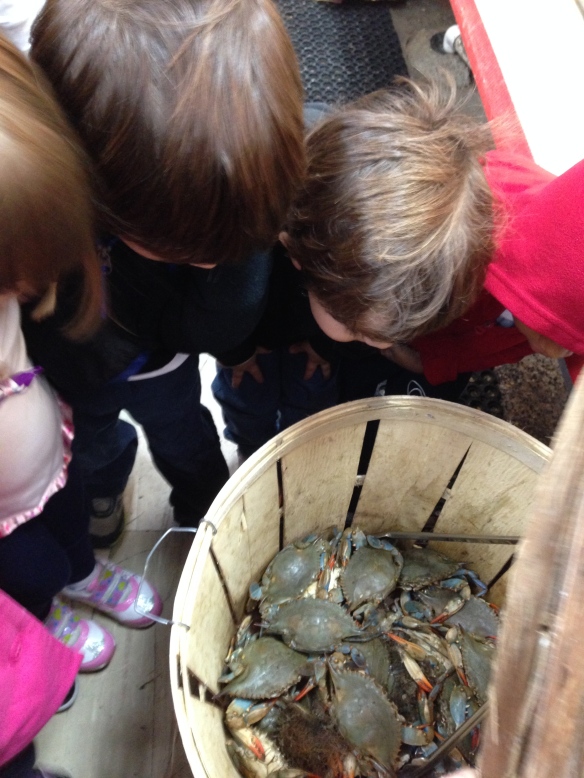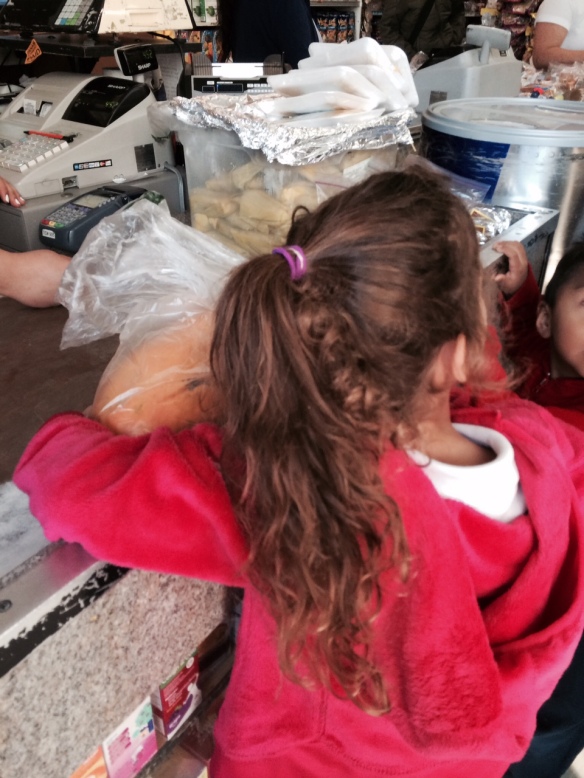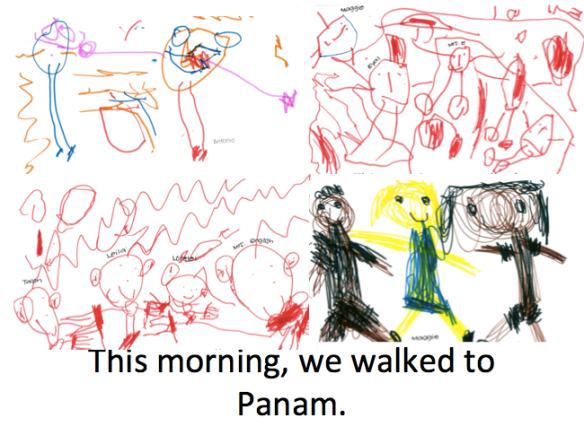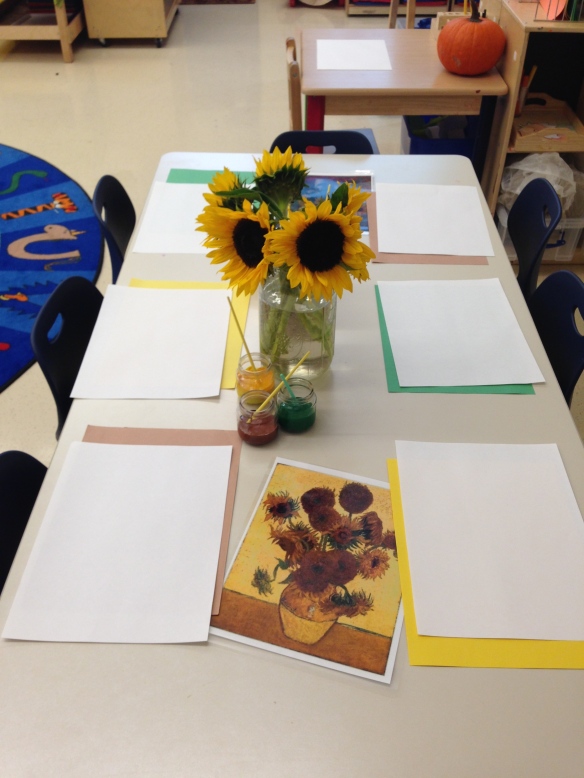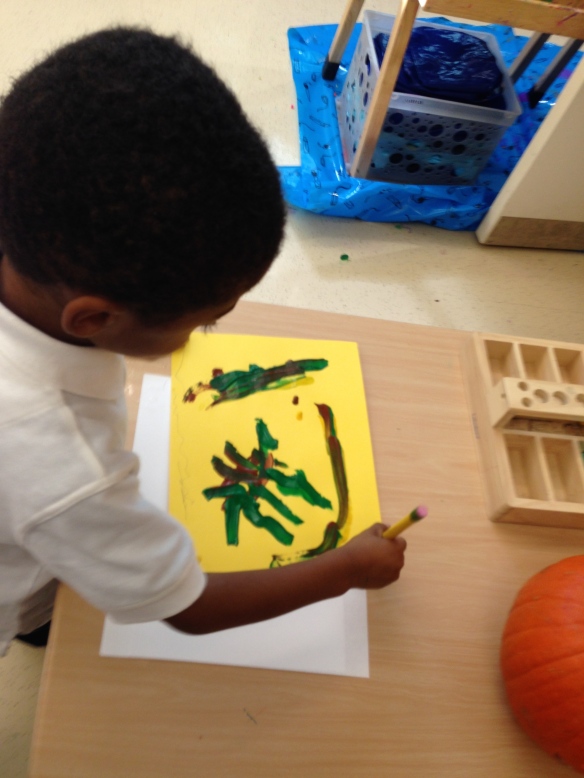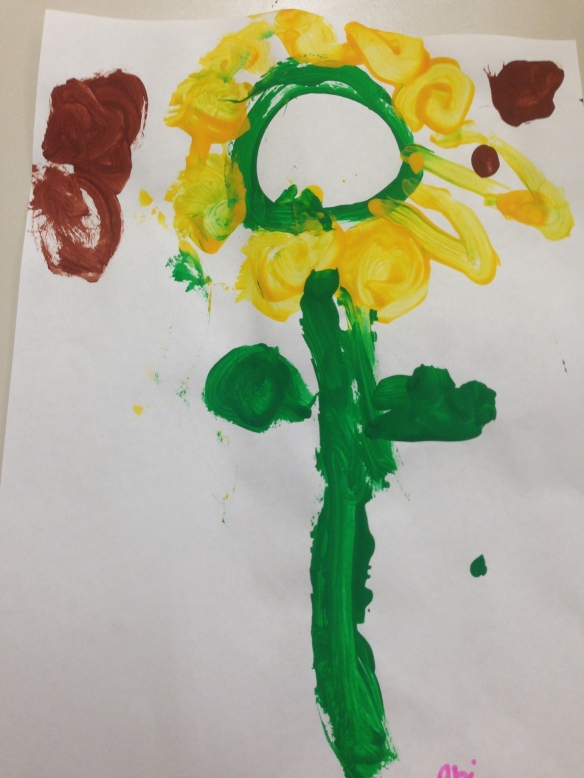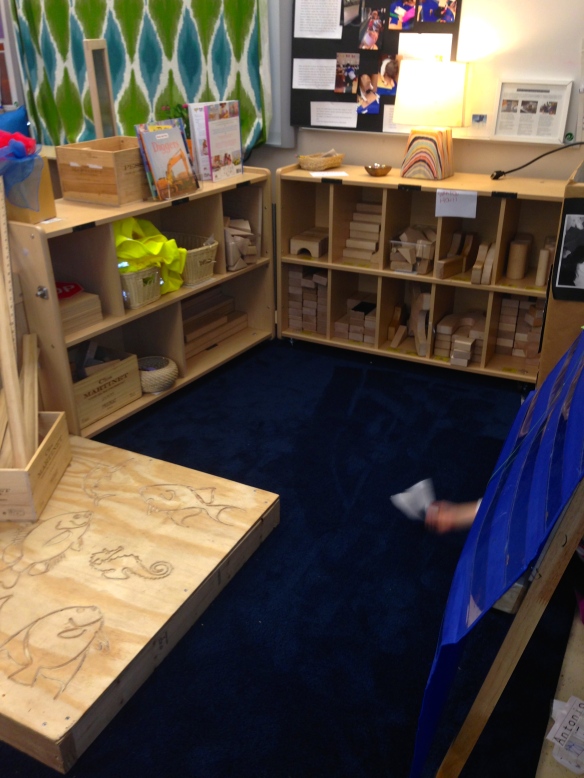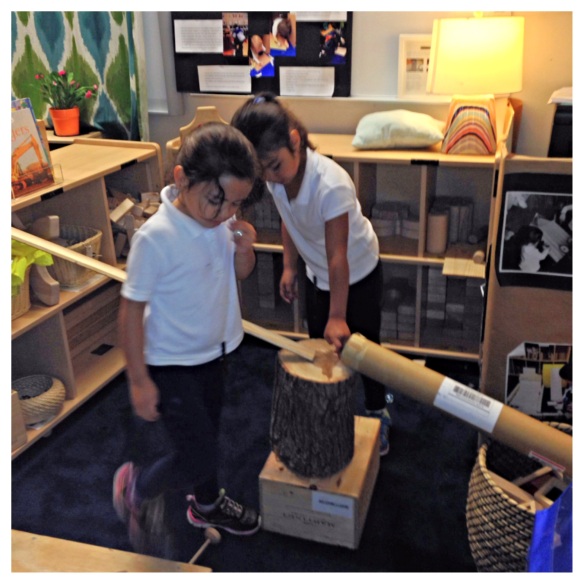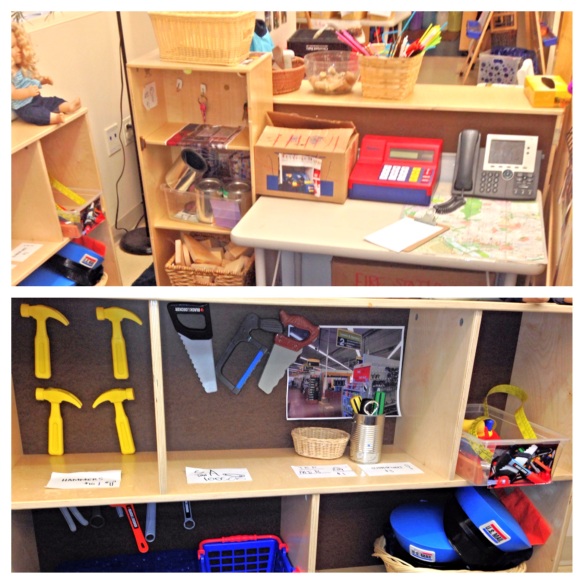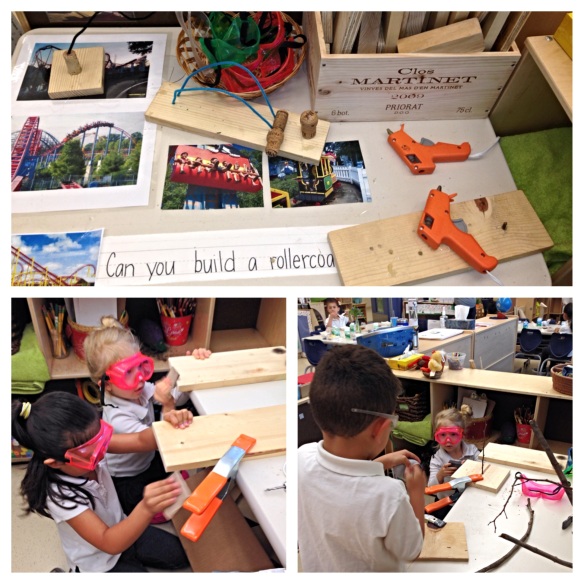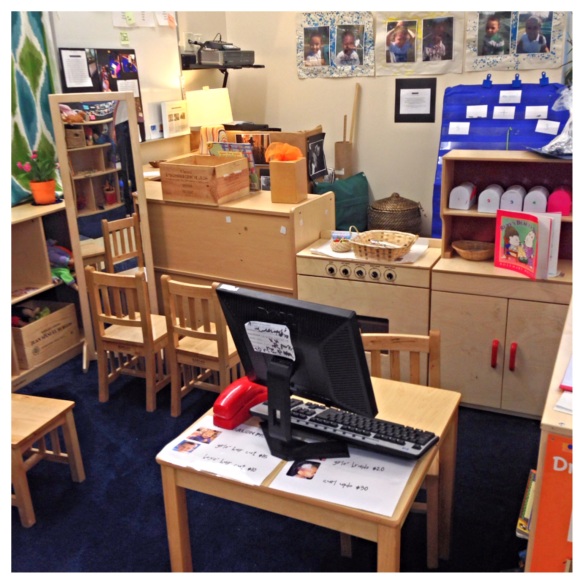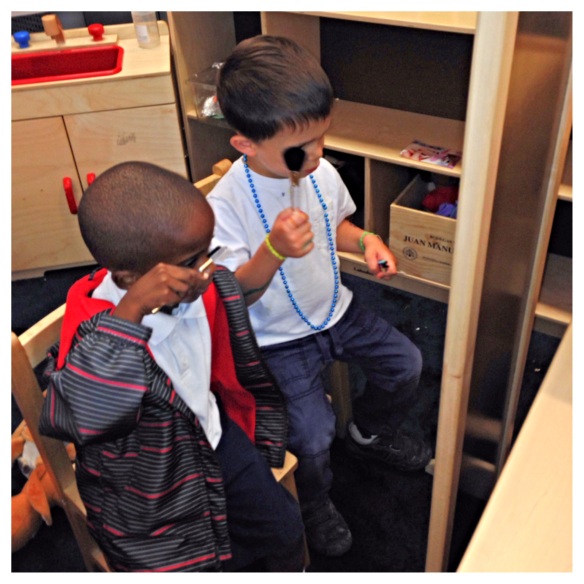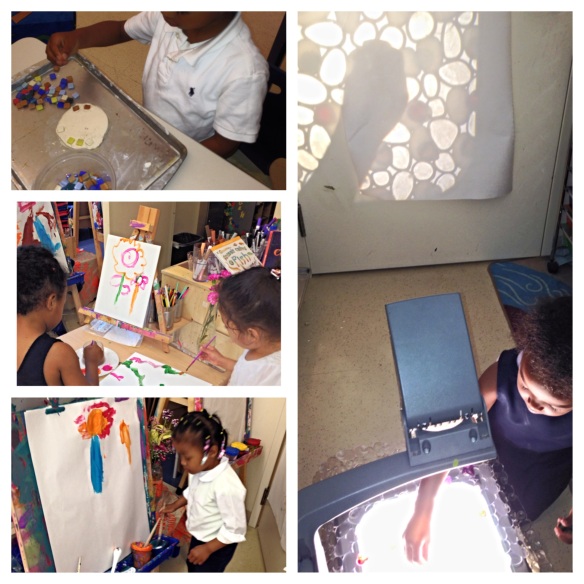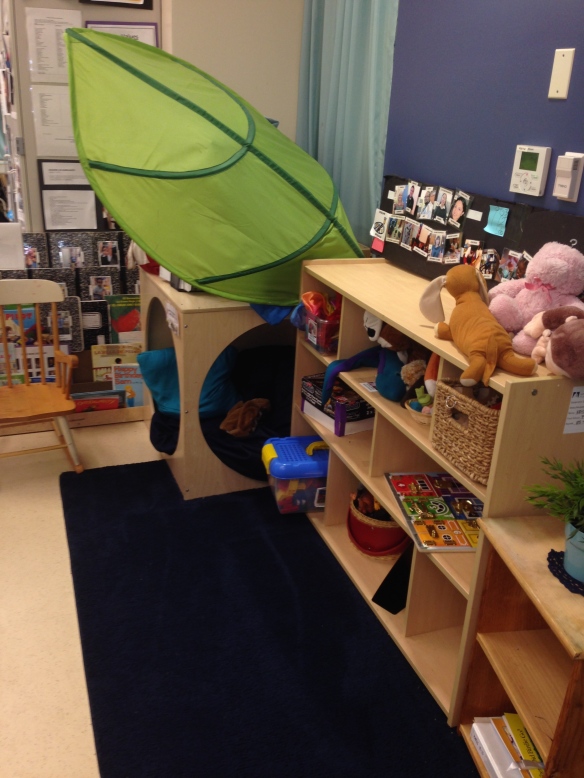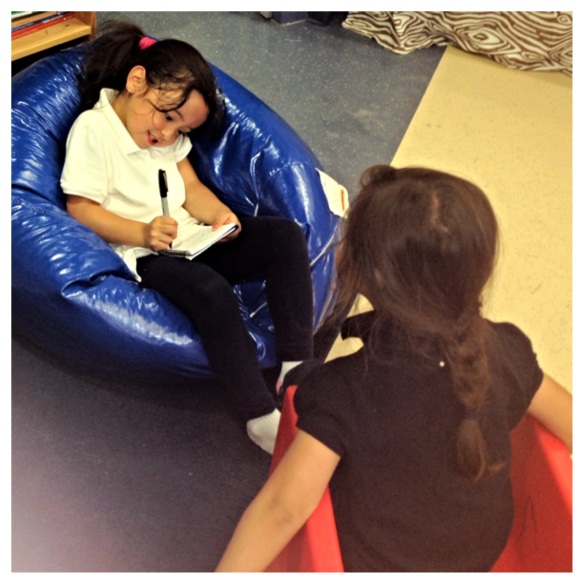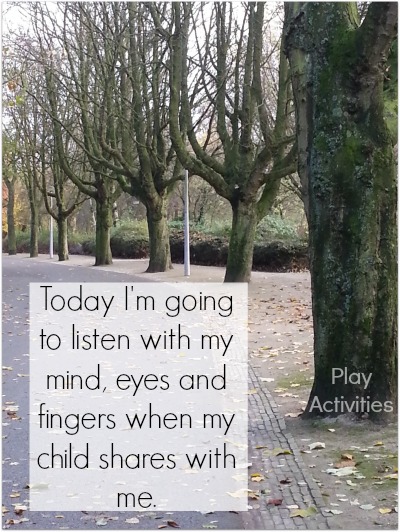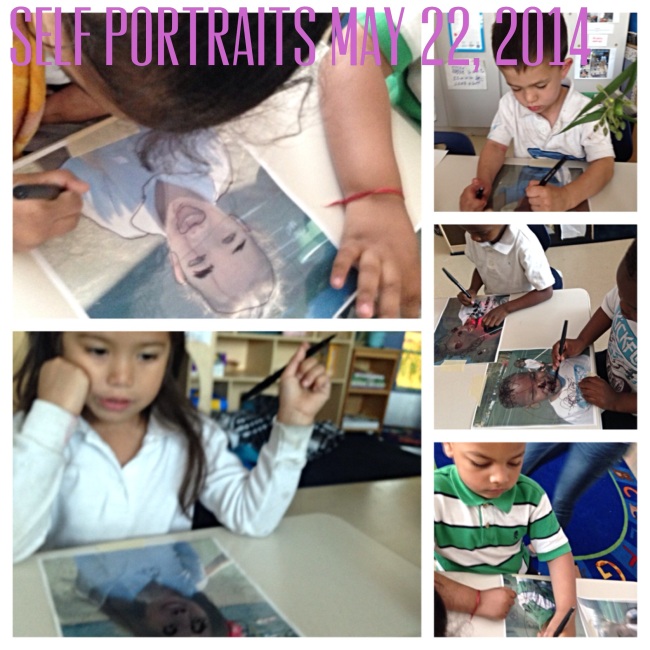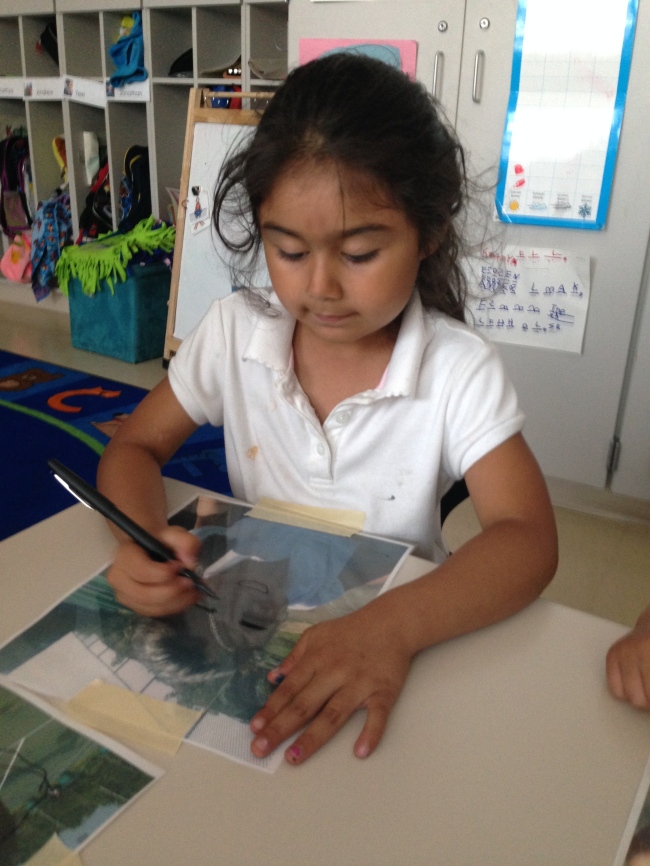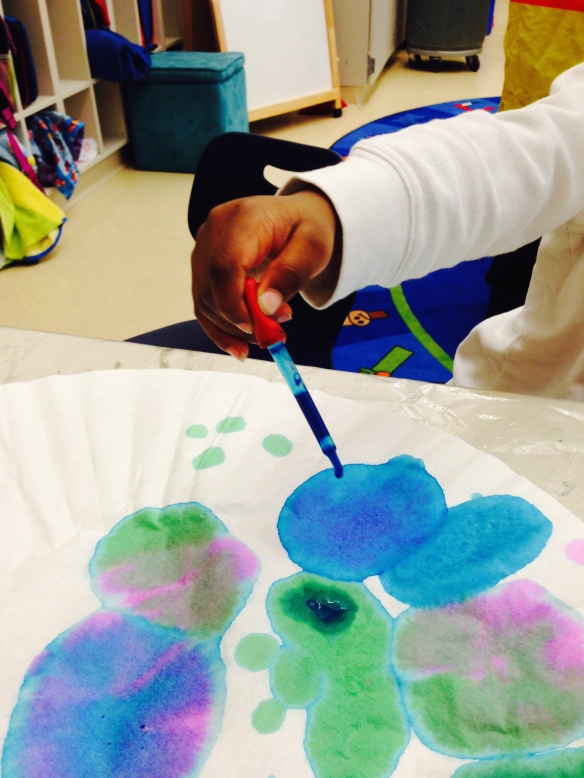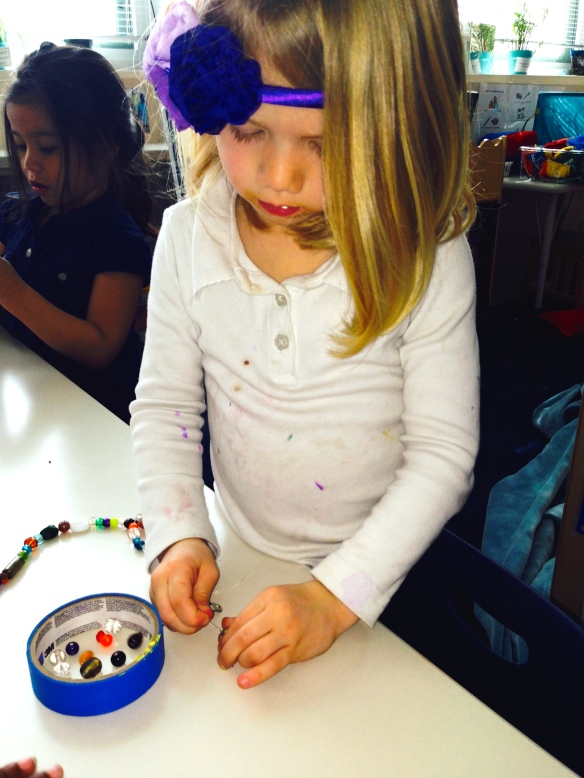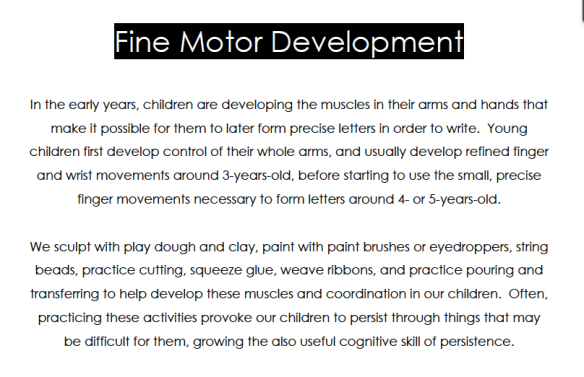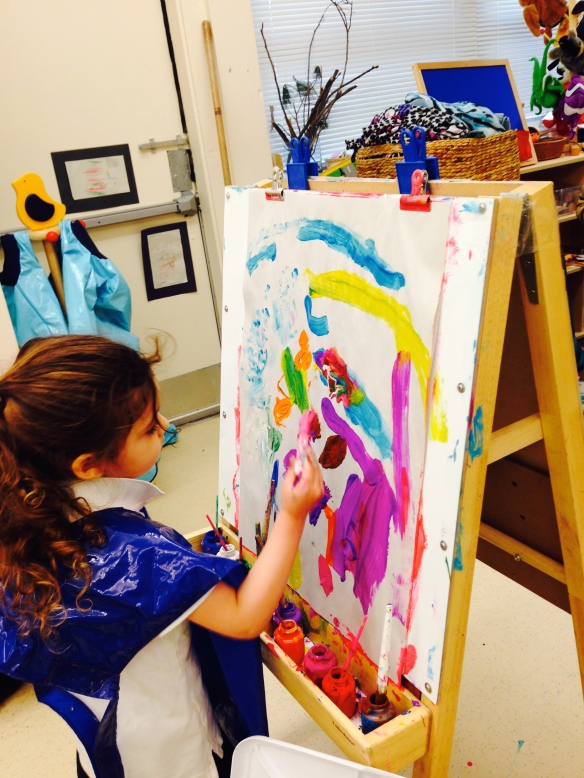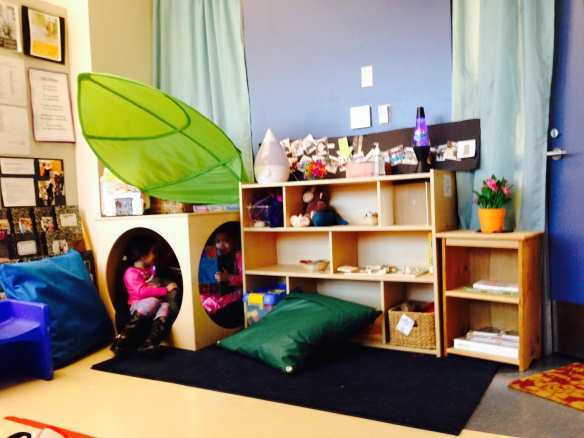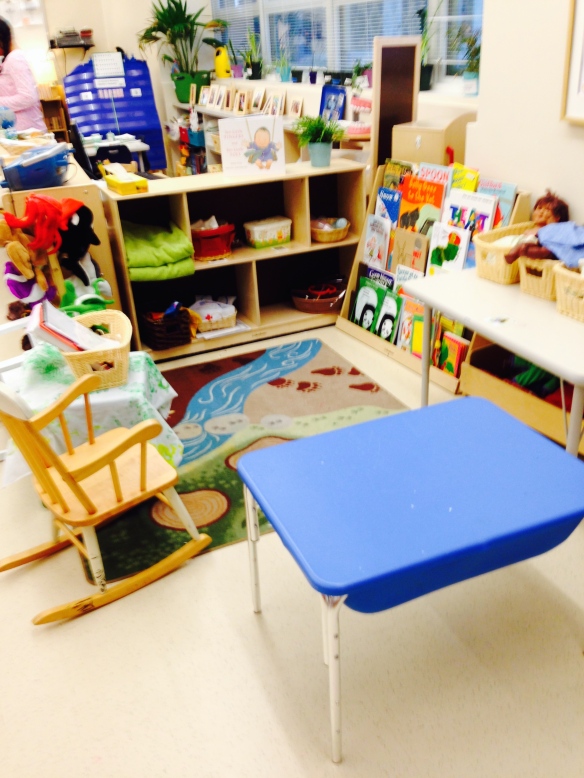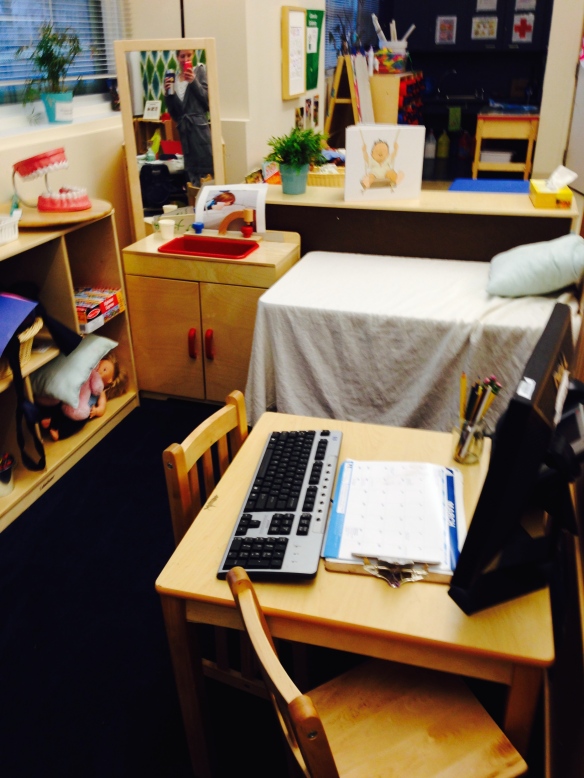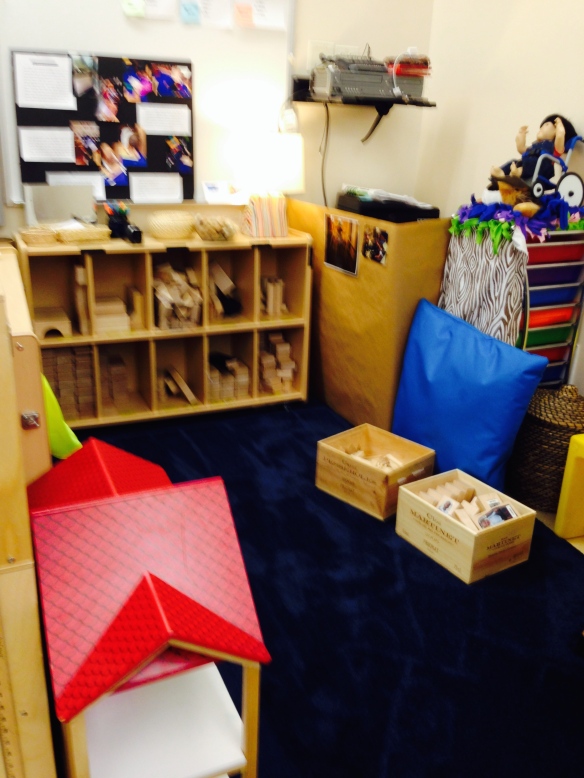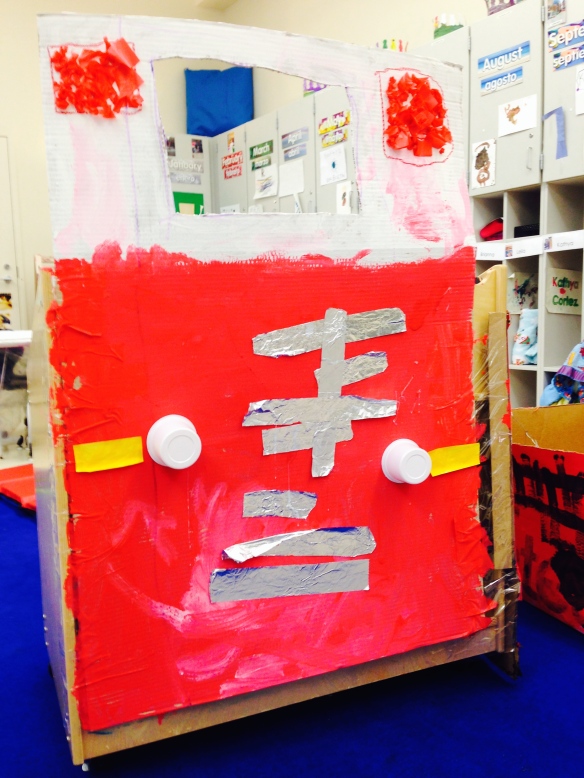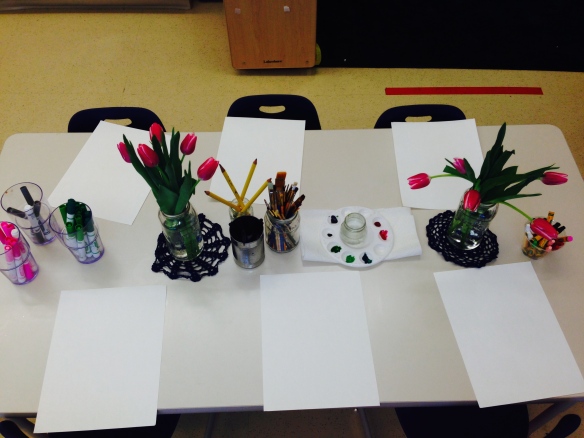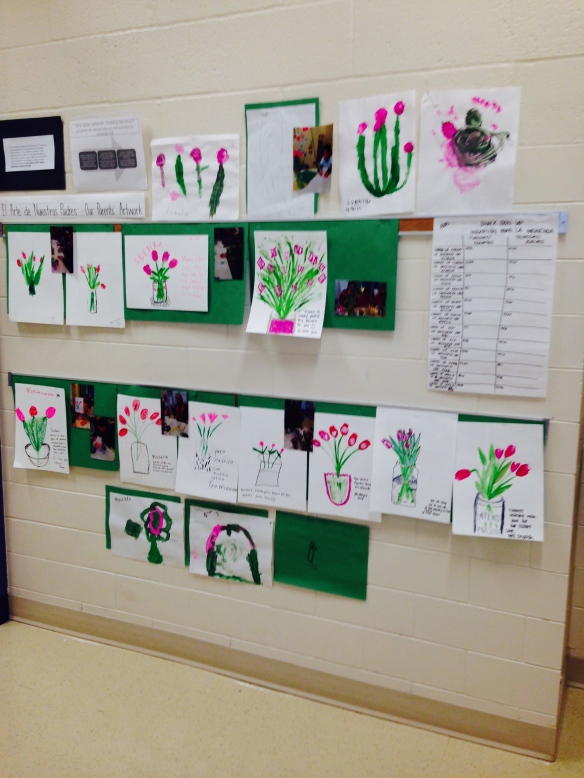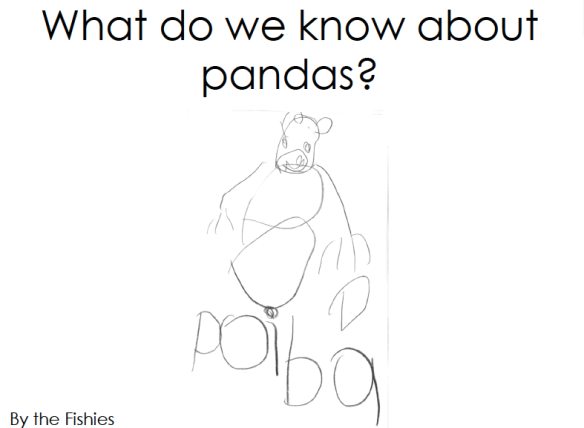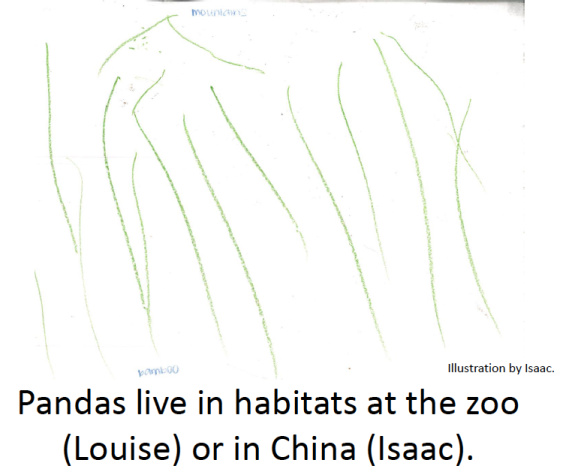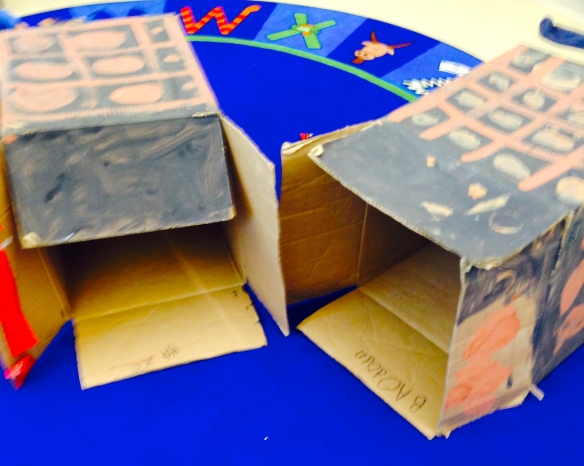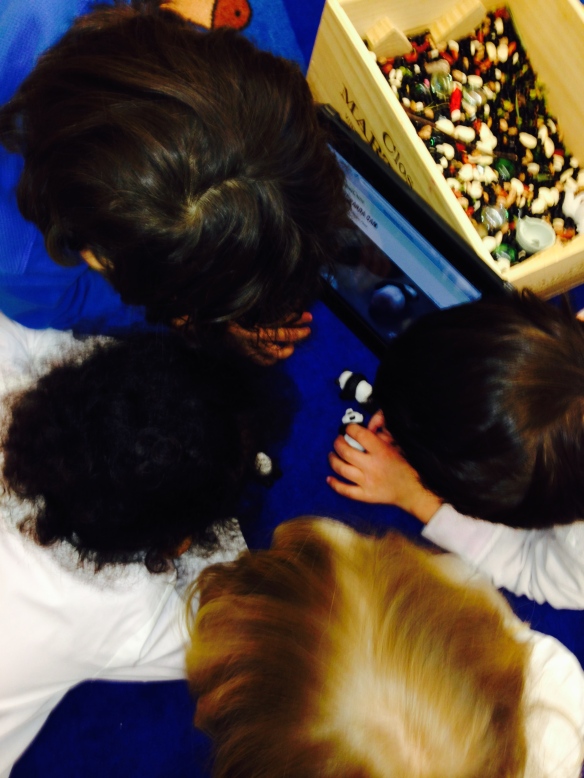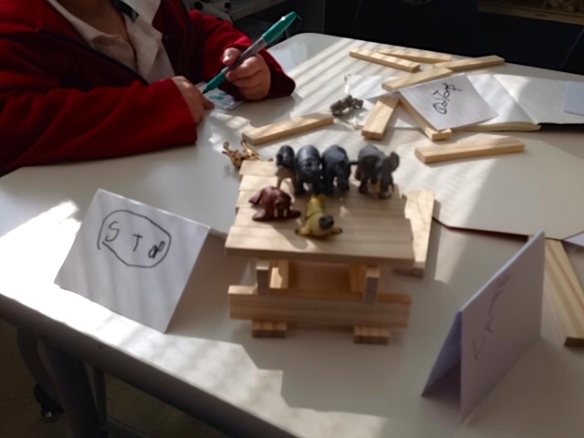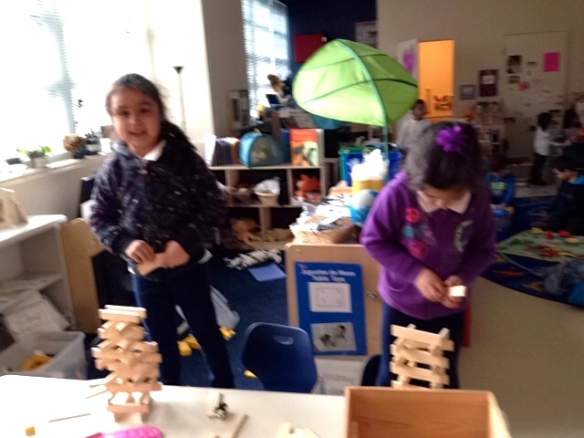Last week, we took a walk up the street to an international food market/grocery store.
We noticed the sites and smells, and after talking about wanting to try one the day before, we bought a papaya to bring back to class to try for snack.
We watched the papaya get weighed and paid the cashier for our fruit.
My intention was for the children to get exposure to a grocery store that they could then contribute ideas to turning our classroom into a make-believe grocery store, but we also decided to write a story to share the trip with our families. For most of the story, we used pictures from our experience to inspire the language, but for some parts, the children were excited to illustrate their experiences. As the year progresses, I anticipate more of our class books will use the children’s illustrations. I scanned the illustrations and inserted them into our class book.
Later in the week, we went to a larger chain grocery store, and set up both in our classroom for shopping. We will explore one more neighborhood store next week and compare the three experiences.


